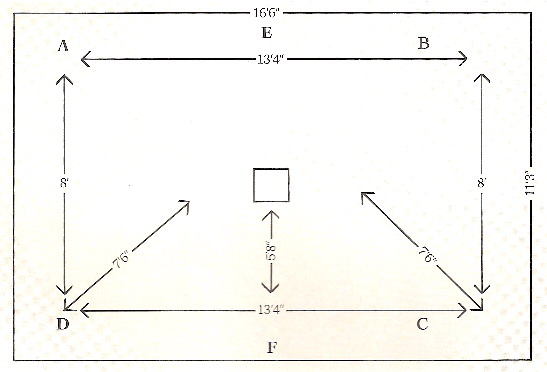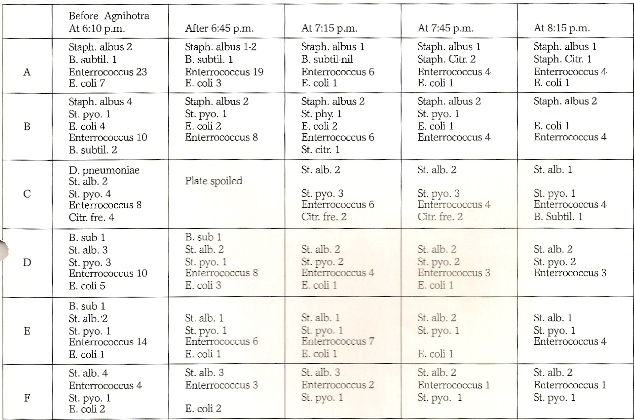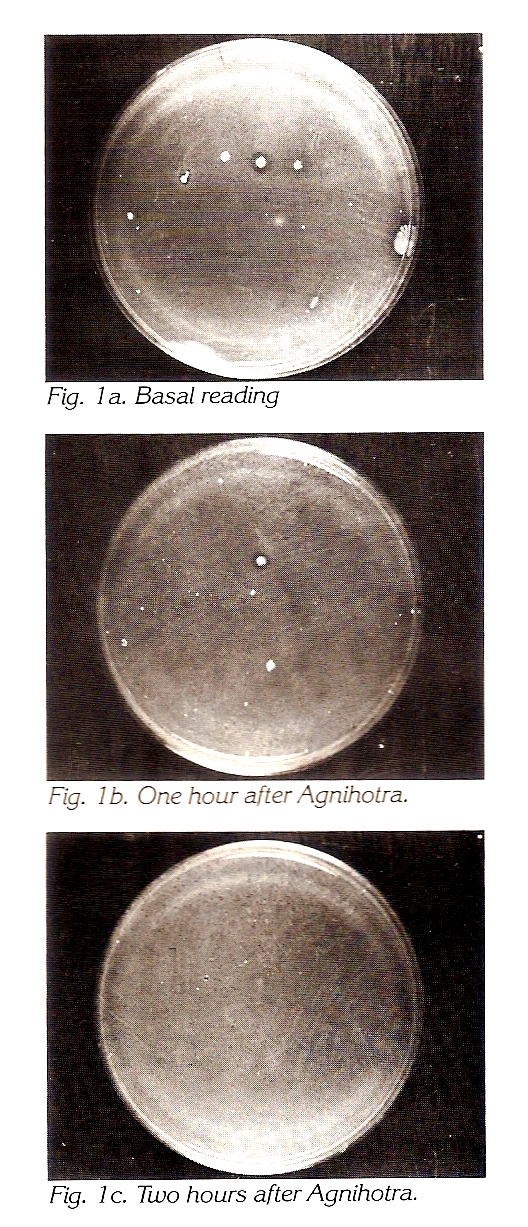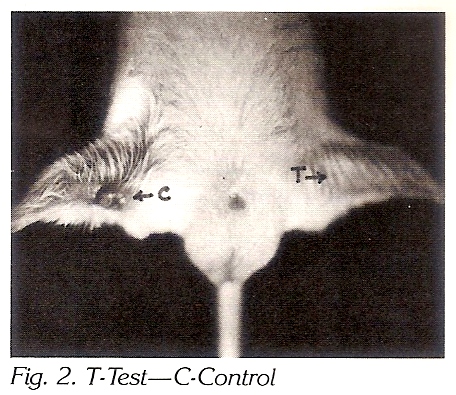Your cart is currently empty!
Effect of Agnihotra on Aerial Microflora
Dr Arvind G. Mondkar of Grant Medical College, Bombay in 1982
 |
| Our way of life has intensified the quantum of pollution. No place can be called safe from pollution. What varies is the type of pollutant and the degree of pollution. Pollution is of various types such as gaseous pollution, water pollution, food pollution, radioactive pollution and so on. Of these types microbial pollution is the most important type of pollution for people in the medical or paramedical field. |
| Microorganisms are ubiquitous in nature. There are mainly two types, namely non-pathogenic or saprophytic (harmless and not causing any disease) and pathogenic (disease producing). There are certain opportunistic pathogens which, given a chance, can produce disease in human beings. Thus the mere presence of these microorganisms in a definite strength in various media can produce contaminants.
Microorganisms like Salmonellae, Shigellae or Vibrios contaminate water, eatables, milk and milk products. When the contaminated eatables are consumed the individual suffers from typhoid, bacillary dysentery or cholera. Similarly, organisms like Staphylococci cause food poisoning by increasing toxins in food. This microorganism also causes wound infections with pus formation. Streptococci infect the respiratory tract after inhalation of the droplet nuclei on which they are settled. Hospital infections by Staphylococci and Pseudomones are not uncommon. Recently, Pseudomonas aeruginosa has been reported to have entered the space age. This microorganism was isolated from the lining of the fuel tank of a jet engine and was found to be responsible for the corrosion of the tank. It is stated that Agnihotra helps to undo the effects of pollution. In this respect it was decided to observe the last type of pollutant, i.e., microorganisms and the effect of Agnihotra on them. The present article restricts only to the effect of Agnihotra on microorganisms as observed in a microbiology laboratory. Agnihotra Effect On Bacterial PopulationA preliminary experiment was carried out to study the effect of Agnihotra on the bacterial population in a room where Agnihotra was performed. For this study, two rooms of equal dimensions (13’4″ x 8′ x 11′) were selected. In both the rooms fire was prepared from dried cowdung cakes in copper pyramids and the basal reading of number of microorganisms in both the rooms was taken by exposing blood agar plates at four corners of the room for 10 minutes. This was done exactly half an hour before Agnihotra time. Agnihotra was performed exactly at sunset in one of the rooms. Bacterial counts were taken again in both the rooms in a similar manner at half hour intervals. Thus readings were taken in both the rooms up to two hours after performance of Agnihotra. It was quite interesting to note that microbial counts in the room where Agnihotra was performed were reduced by 91.4% (Figs. 1a, 1b and 1c illustrate the reduction in the number of microorganisms) whereas the room where only fire was generated did not show appreciable changes in the microbial counts. This leads one to think that it was the process of Agnihotra which was responsible for the reduction of bacterial counts and not the mere presence of fire. Two other similar experiments revealed similar findings. The phenomenon could be explained by giving two reasons:
In the regions of North and South poles, many times, carbon particles accumulate to form a layer called “smog.” When fire is lit the hot currents push the smog into the upper strata and it is diffused in such a way that the carbon particles are no longer harmful in the residual concentration. In the present study perhaps Agnihotra fumes might have dissociated the microorganisms in such a way that the residual population was no more harmful and was well within tolerable limit to human beings. Agnihotra Effects on Bioenergetic Systems of Individual MicroorganismsThis kindled our interest and it was decided to study the effect of Agnihotra on the bioenergetic systems of individual microorganisms. A strain of Staphylococcus pyogenes isolated from a pus sample was selected for the study. The strain showed all the characteristics of a pathogen. It was isolated from a lesion, produced beta haemolyses on blood agar, showed a positive coagulase test and fermented mannitol with the production of acid. The strain was innoculated on a pair of blood agar plates, one of which was kept away from the Agnihotra atmosphere (control plate). The other one was exposed to Agnihotra fumes for five minutes and was allowed to remain in that atmosphere till next Agnihotra was performed (approximately 12 hours). Organisms from both the plates were then subjected to coagulase test. The organisms from the test plate showed a negative coagulase test demonstrating their inability to produce coagulase. Finally, the organisms from both the plates were emulsified in one ml of normal saline separately to give suspensions of equal strength. This was achieved by use of Brown’s opacity tube no. 3. The suspensions were then injected intradermally into the thighs of an albino mouse. The mouse was kept under observation for five days. It was very interesting to note that the suspensions from the test plate failed to produce any lesion in the mouse whereas the suspension from the control plate produced typical abscess (Fig. 2). These results suggest that Agnihotra played a pivotal role in controlling the metabolic activities of this microorganism. In this case, a pathogenic strain of Staphylococcus pyogenes showed characteristics of a nonpathogenic strain after exposure to Agnihotra atmosphere. This was just an observation and triggered quite a number of questions in the mind.
Answers to these questions are still beyond sight and show a need for further experimentation in this field. Details of experiments undertaken by Dr Arvind G. Mondkar of Grant Medical College, Bombay in 1982. The attempt is to show the results of Agnihotra, a fumigation process based on the biorhythm of nature corresponding to sunrise/sunset. A copper pyramid of fixed shape and size is used in the process of Agnihotra. Details of the Room
Bacteriological Results
Results Observations
(Agnihotra atmosphere discourages the production and growth of some organisms. Such organisms try to escape from this atmosphere.) Full Names of the MicroorganismsThe complete name of the microorganism is given first and the short form is given in brackets.
|

 Agnihotra is to be performed on the biorhythm of sunrise/sunset. Surprisingly, it was observed that the plate exposed to Agnihotra (test plate) showed a tremendous reduction in the zone of haemolysis as against a wide zone of haemolysis in the control plate.
Agnihotra is to be performed on the biorhythm of sunrise/sunset. Surprisingly, it was observed that the plate exposed to Agnihotra (test plate) showed a tremendous reduction in the zone of haemolysis as against a wide zone of haemolysis in the control plate.